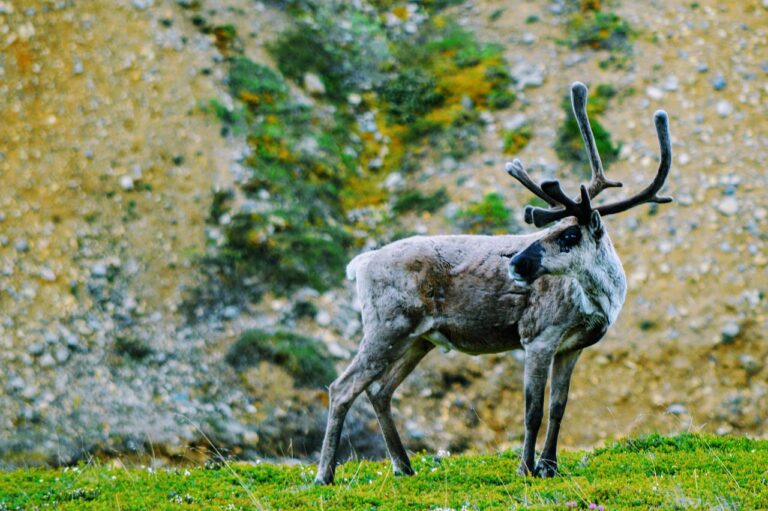America’s Largest Wolf Pack Has Been Found—And It’s Bigger Than Ever! – The Daily Galaxy
2025-04-28T18:00:00Z
America’s wildest wolf pack has been found, setting a new record. What could this mean for the ecosystem and conservation?
A groundbreaking discovery has been made in the wilds of the Northwestern United States, where scientists have uncovered the largest wolf pack ever recorded in North America.
This discovery, outlined in Animals Around The Globe, marks a significant milestone in both wildlife research and conservation, as it reveals the largest wolf pack ever recorded on the continent.
Unveiling the Complex Structure of the Mega-Pack
The pack is reported to have more than 20 members, far larger than the typical wolf pack, which usually contains fewer than 10.
The researchers point out that the size of the pack is a promising indicator of the health of the local ecosystem and the success of habitat recovery efforts in the region.
The research team used a combination of GPS tracking collars, drones, and traditional field observations to study the pack’s behavior in depth.
This level of observation revealed that the pack operates like a highly organized family network, with different family groups coming together for hunting and protection.
This complex structure is an example of how wolves adjust their social organization to adapt to changing environmental conditions and increased pressures from the surrounding habitat.
Ecological Impact: Wolves as Apex Predators
Wolves are apex predators, meaning they sit at the top of the food chain, and their role in the ecosystem is critical. Their ability to regulate prey populations helps maintain the balance of plant and animal life in the regions they inhabit.
This pack’s size means it has an increased ability to control the populations of deer, elk, and other ungulates. It’s also better equipped to handle threats from other predators or human encroachment.
Wolves’ Survival Strategies in the Face of Adversity
The sheer size of this wolf pack is a testament to the adaptability and resilience of wolves. Despite decades of habitat loss, hunting, and conflicts with humans, wolves have demonstrated their ability to thrive in a rapidly changing environment. This discovery is a hopeful sign that with the right conservation efforts, wolves can continue to recover and even expand their populations.
Researchers believe that larger wolf packs have a better chance of survival because they can hunt larger prey, fend off threats more efficiently, and maintain more stable social structures.
The pack’s ability to thrive in an area once heavily impacted by human activity shows that wolves are capable of rebounding if provided with the right conditions.
Using Technology to Study Wolves
The study of this massive wolf pack involved a combination of modern technology and traditional fieldwork. Using GPS collars, drones, and trail cameras, researchers were able to gather crucial data on the pack’s movements, hunting patterns, and territory size.
The integration of these tools has provided a level of insight into wolf behavior that was previously unattainable.
Scientists now have a clearer understanding of how large packs interact with their environment, hunt, and maintain their social hierarchies.
This data is not only vital for understanding the pack itself, but also offers broader implications for the study of wolf populations and wildlife management strategies.
Wolf Conservation in the Modern Era
Protecting their habitat, preventing poaching, and addressing human-wolf conflicts are critical to ensuring the continued survival of these magnificent animals.
The pack’s discovery has reignited discussions about the importance of creating protected areas and ensuring that wolves are allowed to roam freely without human interference.
However, in regions where wolves are often seen as a threat to livestock or hunting interests, conservationists face significant hurdles in balancing human activities with the preservation of wolf populations.
A Key Factor in Wolf Pack Longevity
For large wolf packs to thrive, there must be an abundant supply of prey.
The region where this mega-pack was discovered is rich in ungulates such as deer and elk, providing the wolves with a stable food source.
This abundance of prey reduces competition within the pack and helps ensure its survival.
Auto-posted from news source






